Table of Contents (click to expand)
The different mediums used in art are oil paints, watercolors, acrylic paints, graphite pencils, charcoal and pastels (oil and chalk pastels).
Think back to the days in kindergarten when art meant coloring books and crayons. As you got older, you traded your crayons for pencils and coloring books for your own creations. Soon, art teachers might have encouraged you to experiment with oil pastels and paints. If you were really interested in art, you might dabble in watercolors, acrylics, charcoal or more to broaden your artistic horizons.
What Is An Artistic Medium?
An artistic medium refers to the material used to create a work of art. If you visit art museums, you will probably find next to a piece a small display card beside a piece which states the title of the work of art, the name of the artist and the medium from which the work of art was made.
For example, a painting like Van Gogh’s “Starry Night” would be accompanied by a listing of “oil on canvas,” while a sculpture like Venus di milo would write “marble.”
The term “medium” was first used specifically to mean different materials used to create art in 1861, 90 years after the German writer Gotthold Ephraim Lessing first mentioned the term in his 1766 essay, Laocošn in which he dissected the differences between poetry and painting.
Earlier, art was described in terms of the substance mixed with each pigment to produce color. Oil and water, for example, are different media into which color is mixed to make pigment. Today, the term “medium” is used to convey what material art is made of.
Also Read: What Is Varnishing? How Do Paintings Get So Much Color After Varnishing?
Various Media In Art
Oil Paints
Oil painting is one of the oldest mediums still regularly used in art. Probably the most famous oil painting in the world is the Mona Lisa by Leonardo Da Vinci.
Over the centuries, oil paints have been a favorite of many famous painters, from Picasso to Botticelli. As the name suggests, they are oil-based paints with turpentine or linseed oil.
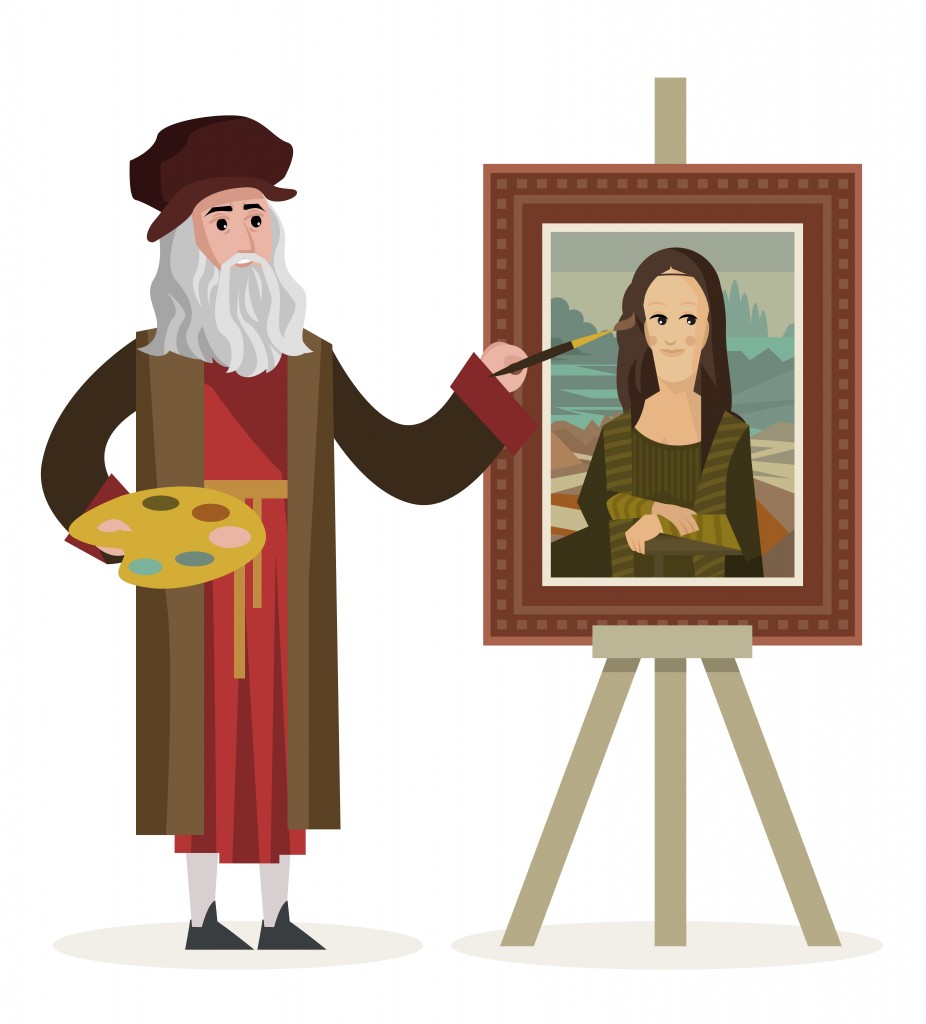
Oil paintings take a lot of time to dry because they are oil-based, so start with this medium only if you are a patient person!
The value of an oil painting depends on the age of the painting. Oil paintings age like wine – the older the better!
Oil paintings also test your problem solving skills. If you do not like what you have painted, you must decide to either obscure the mistake by covering it with paint or make something completely different from it. Oil painting is perfect if you want more blend in your colors. Oil paintings are generally used to make portraits.
Watercolors
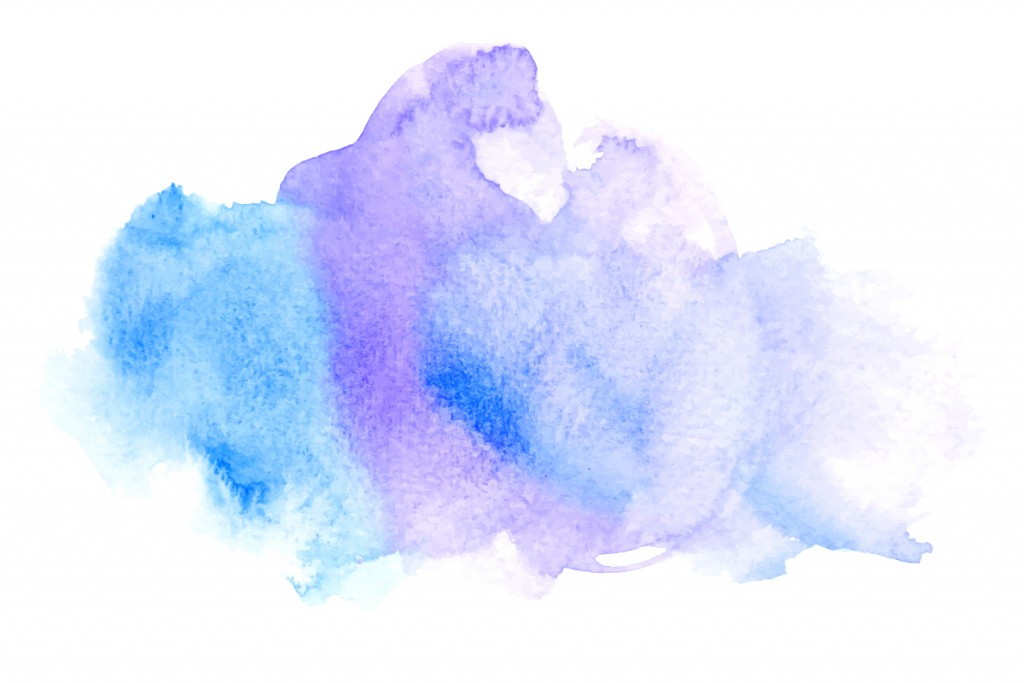
Watercolors are difficult to work with; once the paint is on paper, there is very little you can do to change it. However, once you master them, there are several advantages. Watercolors are comparatively inexpensive. One tube of color goes a long way since the paint is diluted with a lot of water to achieve its signature translucent effect, meaning that you can see the texture of the paper that lies beneath.
Watercolor allows light to bounce off the paper and gives the color its effect rather than bouncing off the paint. This gives such paintings a mesmerizing clarity. Watercolors are generally used to paint landscapes, abstract works or other subtle subjects that don’t require too much precision.
Some watercolor techniques include wet on wet, dry on wet, color lifting and flat washes.
Acrylic Paints
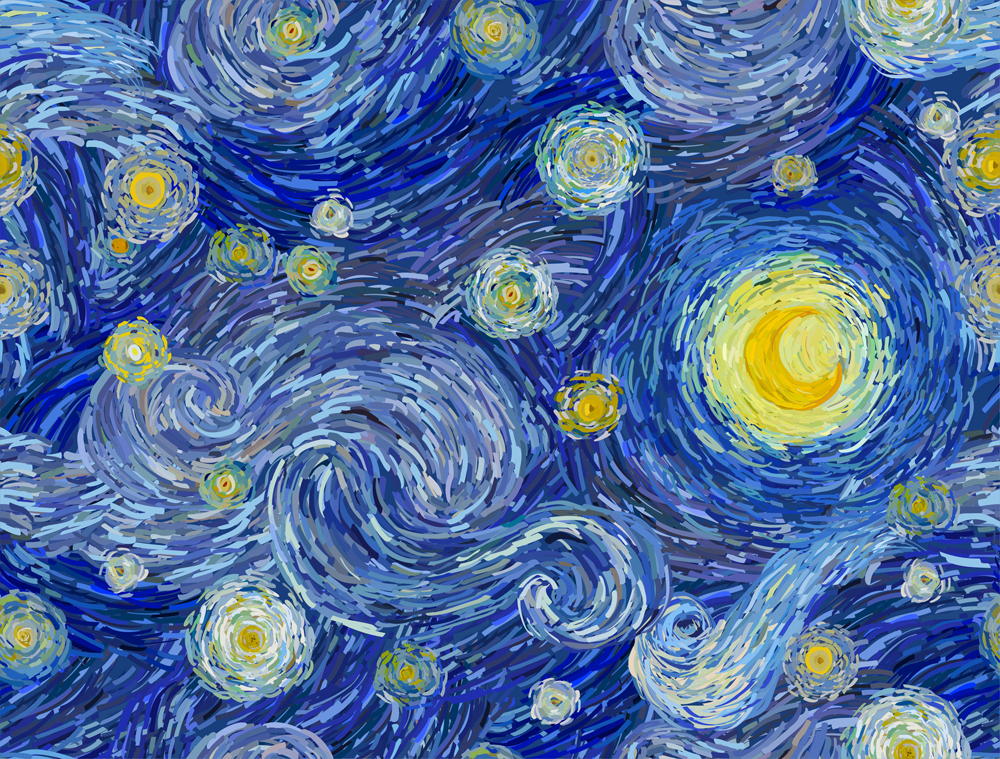
Acrylic is the newest medium in the art world, developed in 1940. Compared to watercolors and oil paints, it has many advantages. Unlike oil paints, it dries quickly, is also very versatile and durable. It also creates less mess and is easy to scrape off when you spill it on the floor; it can be peeled off by hand like glue!
Pop artists of the 1970s used this medium; in particular, Andy Warhol used acrylic in his legendary “Campbell Soup Can.”
Acrylic Pour
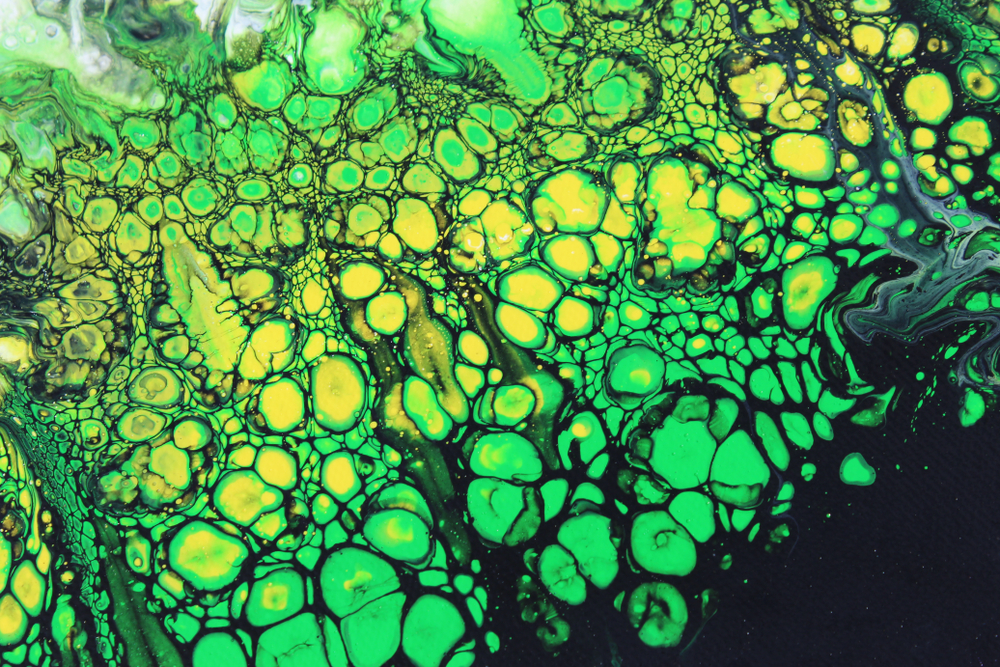
Another recently developed technique, where you do not need to be a trained artist, is ‘Acrylic Pour’. Acrylic pour is a technique in which layers of different acrylic paints are poured onto a canvas. To achieve a pourable consistency, you need to mix the paint with a pouring medium.
You can add silicone oil and after pouring and then use a heat gun or a lighter for even more fun. You will see the paint separate from the oil (since acrylics are water-based) and form beautiful bubbles on the painting. Although it is a simple technique, the painting does depend on the way you pour and the layered colors.
Graphite Pencil
“Paint me like one of your French girls…”
If you’ve seen Titanic, then you know which scene this quote comes from. Jack uses graphite pencils to sketch Rose in this legendary blockbuster. These pencils are similar to normal pencils, but they come in different intensity levels. The ‘H’s are the lightest, whereas the pencils marked ‘B’s like 4B or 6B are the darkest.
Because graphite pencils are less messy than paint and easier to use, they are often used by children. Mastering this medium requires sketching, shading and blending.
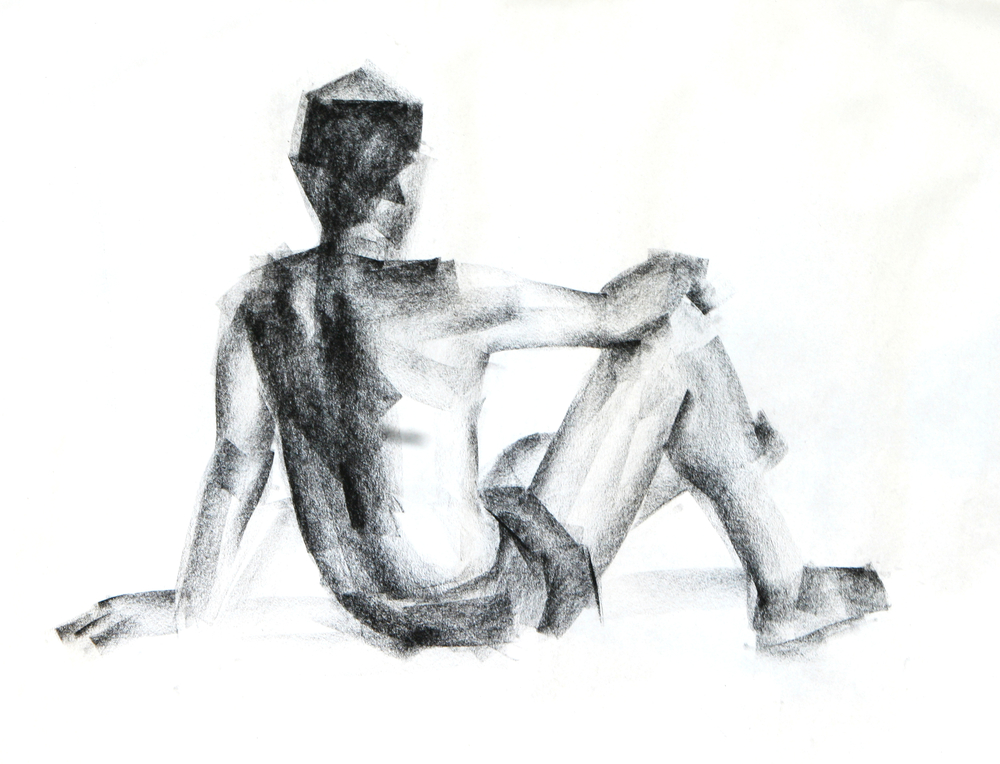
Like graphite pencils, charcoal is darker in color, cannot be erased easily, and requires more hand control. Charcoal comes in two types – soft charcoal for blending and hard charcoal for sketching. Charcoal is used for drawing figures and quick sketches.
Pastels
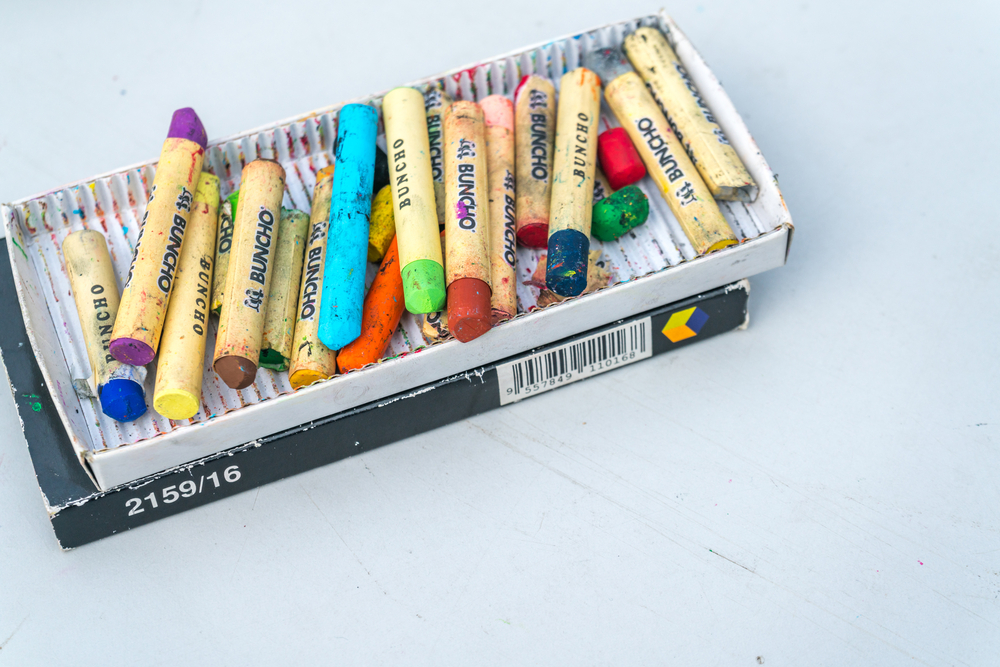
Pastels come in two forms—oil pastels, commonly used by children for coloring, and chalk pastels, which are similar to charcoal, but they come in all colors. Pastels are ideal for blending and layering. The tip, cut and side can all be used to create different textures.
As we all know, beauty comes in all sizes, and since art is a form of beauty, it is no wonder that it comes in various mediums. There is no perfect medium for a particular type of painting, it depends on what an artist is comfortable with, what you like, your budget and availability. And above all, do not forget that the beauty of art lies in the eyes of the beholder!
Also Read: Why Do Oil Paintings Dry So Slowly?
How well do you know the different art mediums?
Can you answer three questions based on the article you just read?

